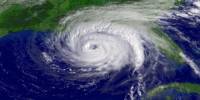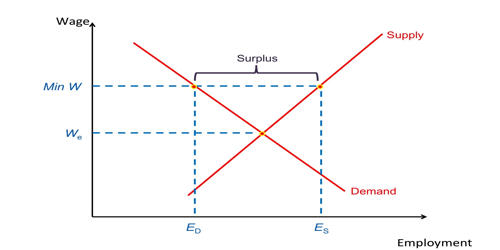General objective of this lecture is to present on Carbonate-Silicate Cycle. Earth has almost as much carbon dioxide as Venus. Volcanoes add carbon dioxide to the atmosphere. Carbon dioxide is removed from the air to make carbonate rocks. The carbonate–silicate geochemical cycle describes the transformation of silicate rocks to carbonate rocks by weathering and sedimentation at Earth’s surface and the transformation of carbonate rocks back into silicates by metamorphism and magmatism. The cycle does not require life but does require liquid water.
Lecture on Carbonate-Silicate Cycle
















